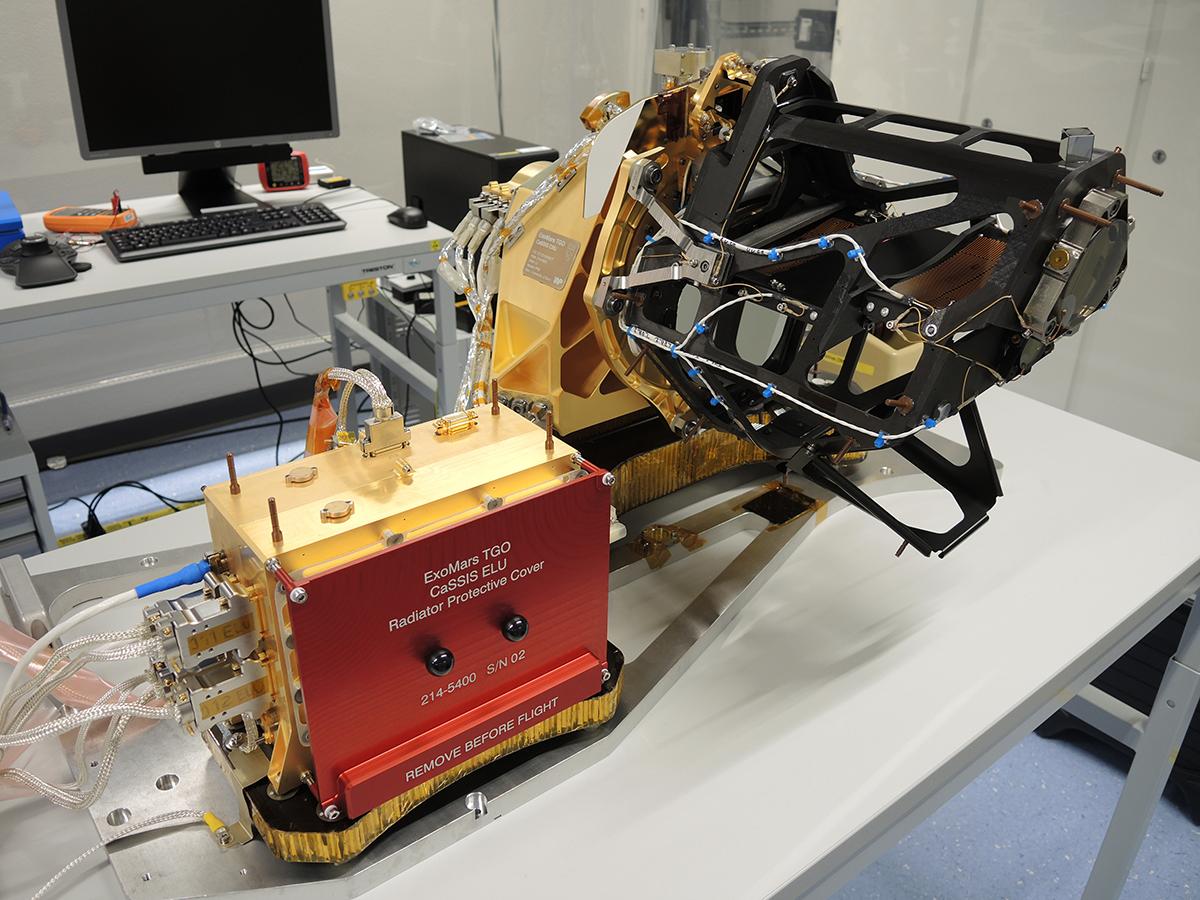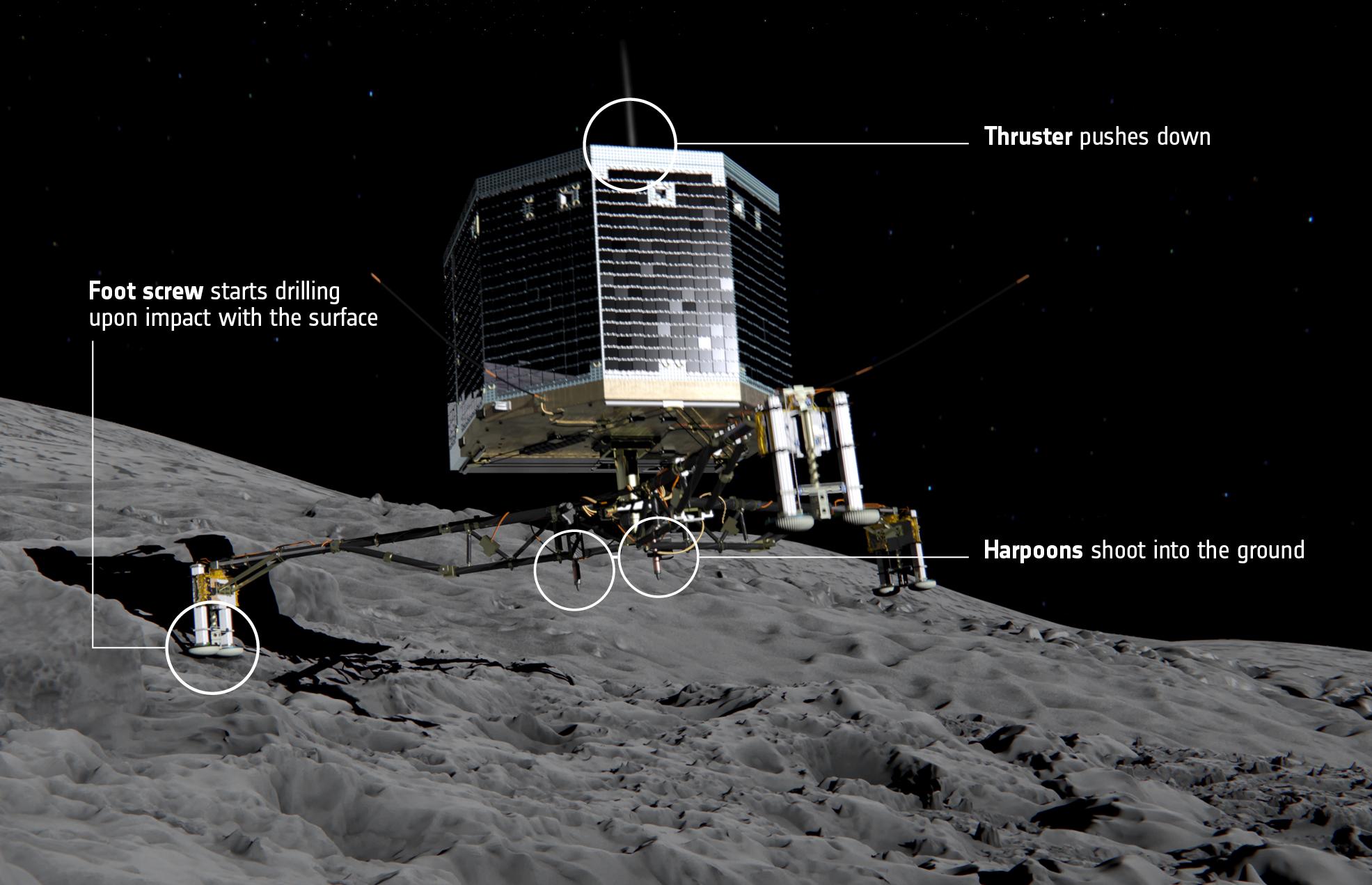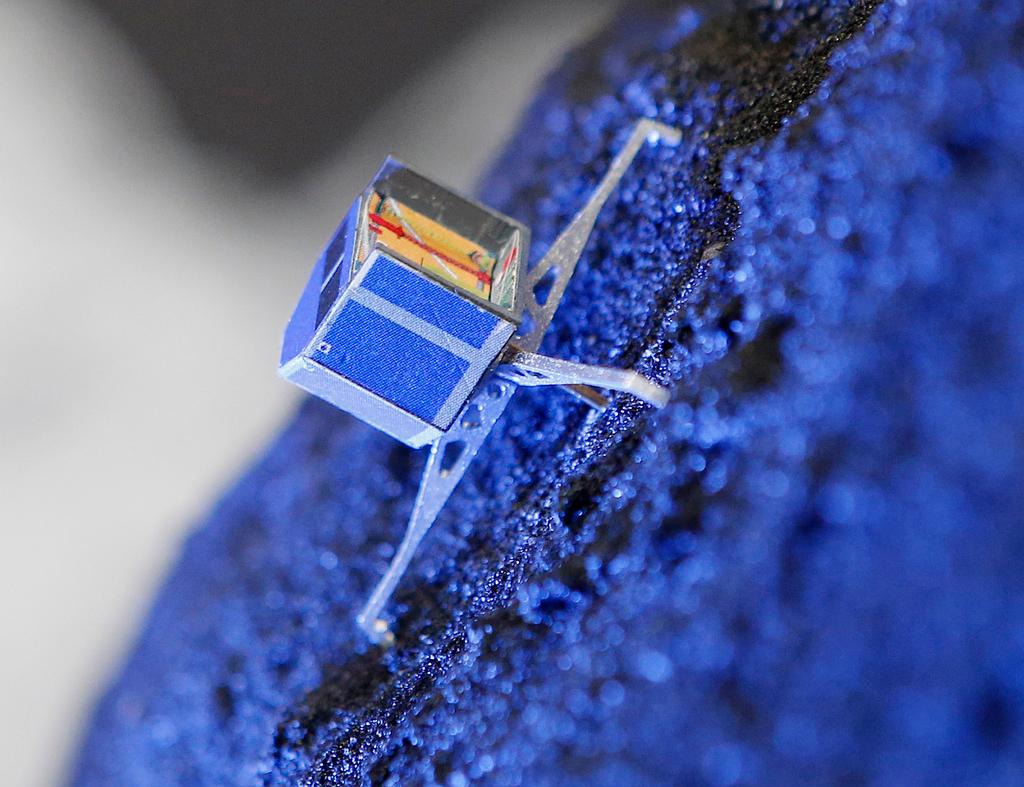A little piece of Switzerland in space

On Monday, a rocket took off from the Baikonur cosmodrome in Kazakhstan in the direction of Mars. One of the instruments on board is the CaSSIS (Colour and Stereo Surface Imaging System) – a Swiss-made device for taking high-resolution, 3D colour photos of the Red Planet’s surface.
What is CaSSIS?
CaSSIS is, essentially, a camera. It is also a powerful telescope, which will allow researchers to take high-resolution, colour pictures of the surface and topography of Mars in 3D.
CaSSIS is attached to the European Space Agency’s ExoMars Trace Gas Orbiter (TGO), and launched using a PROTON rocket from the Baikonur cosmodrome in Kazakhstan at 10:31 CET on Monday, March 14, 2016.
Who made CaSSIS?
CaSSIS was designed and built in just 23 months by a team of scientists and engineers from all over the world, led by Dr. Nicolas Thomas of the University of Bern Space Research and Planetary Sciences Division. Switzerland’s contribution includes engineering expertise from the Swiss Federal Institutes of Technology in Zurich and Lausanne, and key construction elements from Swiss industry.
How much did CaSSIS cost to build?
Approximately EUR 18 million (equivalent to about $20 million or CHF 19.7 million).

More
Preparing for take-off
How does CaSSIS work?
CaSSIS will take a picture of the Martian surface, and then rotate its camera 180 degrees to take a second image. This dual-image system will capture stereoscopic, or 3D pictures in a manner similar to human eyes. The images will be taken from 400 km away at a high resolution of 5 metres per pixel.
Why was CaSSIS developed?
In addition to shedding light on the topography of Mars, CaSSIS’s high-resolution images will complement data on the Martian atmosphere gathered by the TGO and by other Mars orbiters. CaSSIS’s pictures will also help the ESA Mars rover, scheduled to land in 2018, to chart its journey across the planet’s surface.
How long will the trip to Mars take?
After the launch on March 14, the journey is expected to take seven months, with the TGO arriving in Mars’s orbit in October 2016. On April 7, the CaSSIS team will turn the camera on for the first time to ensure all systems are working properly.

In compliance with the JTI standards
More: SWI swissinfo.ch certified by the Journalism Trust Initiative





You can find an overview of ongoing debates with our journalists here. Please join us!
If you want to start a conversation about a topic raised in this article or want to report factual errors, email us at english@swissinfo.ch.